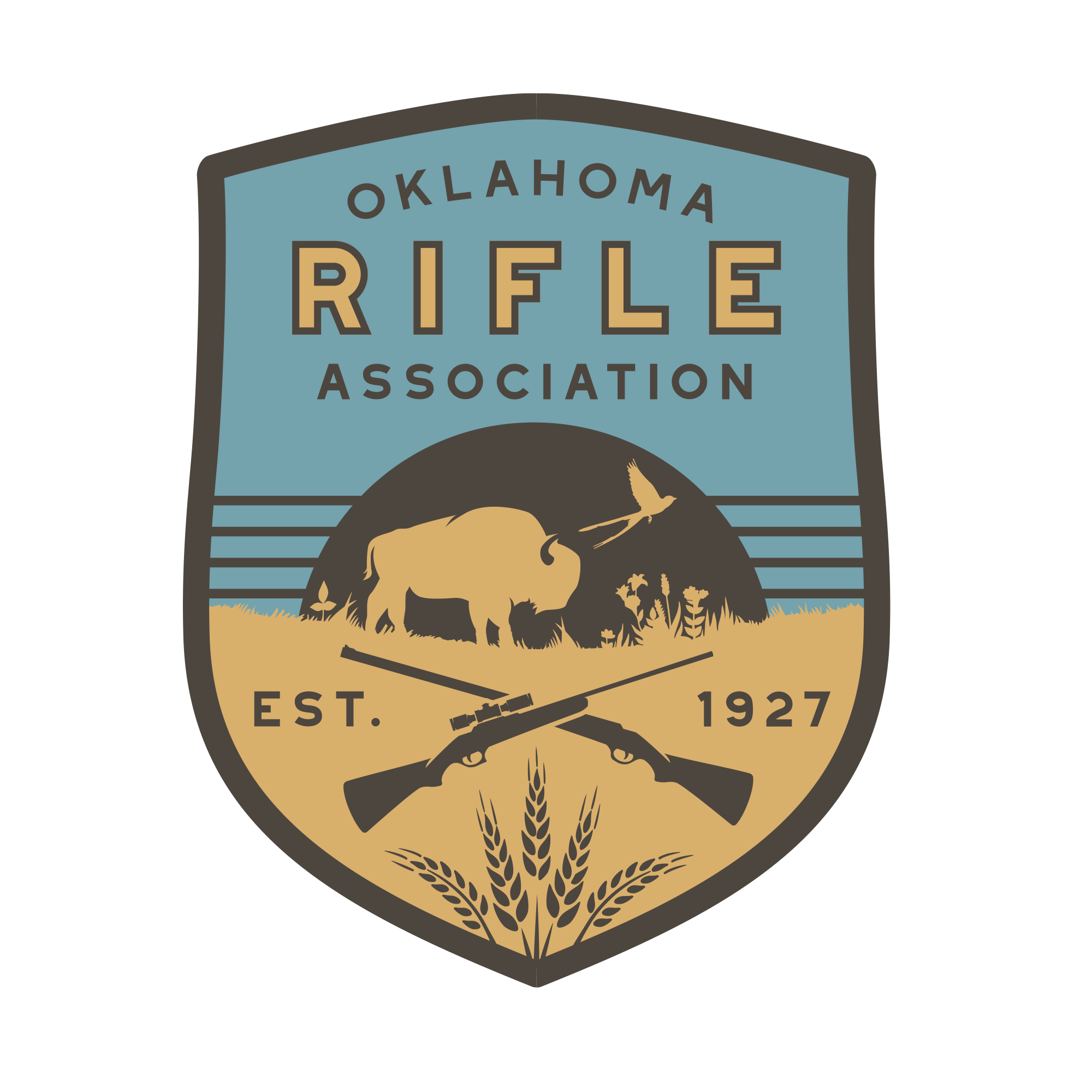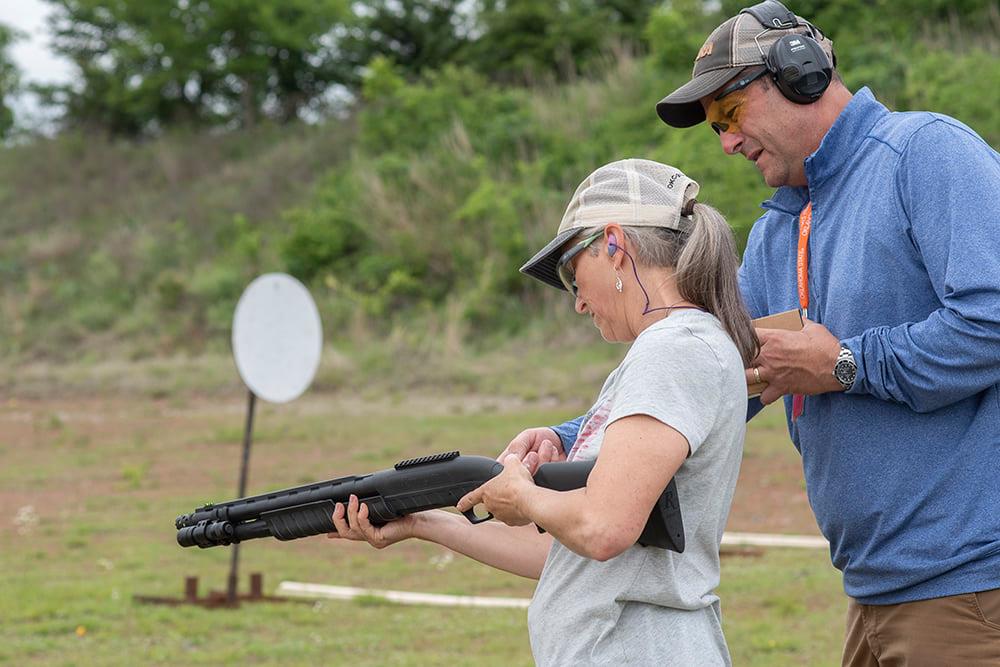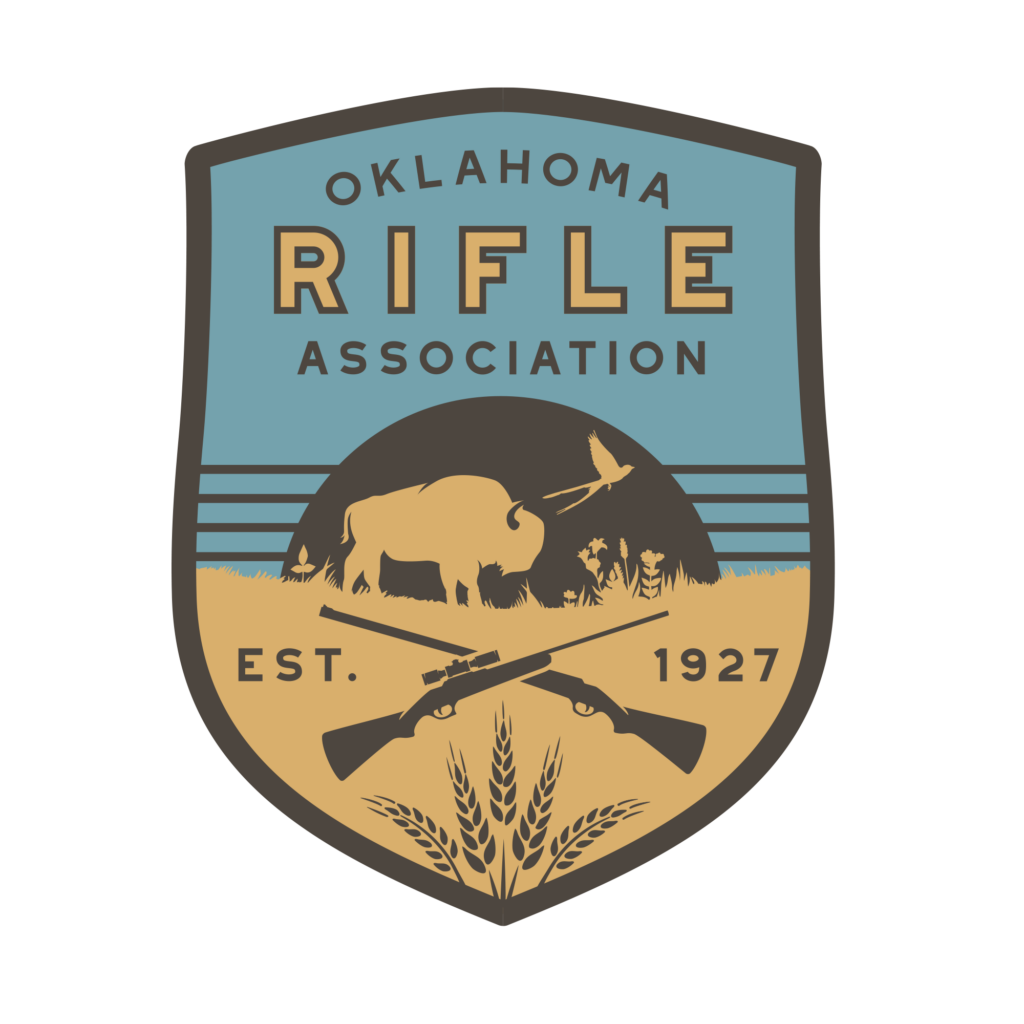The Oklahoma Rifle Association champions each American’s right to own and use firearms for any legal purpose. This includes the right to defend life and property and we support and advocate for Oklahoma laws such as Constitutional Carry and Castle Doctrine allowing defense of home and property. In our work, we also want Oklahoma’s current and future gun owners to be informed on all aspects of gun ownership as they choose guns for self-defense. Because responsible and safe gun ownership makes our state a safer, happier place to live.
Now, before you buy a gun for self-defense, it’s important to know that it is a complex topic, and the question of whether a gun is the best option depends on many variables. The effectiveness of a firearm in a self-defense situation needs to be considered in light of an individual’s comfort level, training, and the specific circumstances they face. While guns offer distinct advantages, they also come with responsibilities. We believe guns are one of the all-around best options, but we want all people to be informed so that when they decide to purchase a gun, they have a working understanding of Oklahoma firearm laws and that effective self-defense with a firearm means education and training.
Advantages of Using a Gun for Self-Defense
Guns provide a significant advantage in terms of stopping power and deterrence. For some people, they are an equalizer when they don’t have the size / strength to go against a larger attacker. In a life-threatening situation, a firearm can quickly neutralize a threat, potentially preventing serious injury or death. The mere presence of a gun can deter an attacker, making it a powerful tool for self-defense. However, for a gun to be effective, the user must be comfortable, confident, and capable of handling it, which necessitates comprehensive training and practice.
Essential Considerations for Gun Ownership
For those considering a firearm for self-defense, several key factors should be understood:
1. Safe Handling: It’s crucial to learn the safe handling of firearms, including proper loading, unloading, and storage practices. Safety should always be the top priority.
2. Legal Awareness: Understanding the laws surrounding self-defense is vital. This includes the legal implications of using a firearm in self-defense situations, as well as the potential liabilities involved. Individuals should be aware of what constitutes a reasonable belief that the use of force is necessary.
3. Proper Storage and Maintenance: Firearms should be stored securely to prevent unauthorized access, particularly in homes with children. Regular maintenance is essential to ensure the firearm remains in good working order.
4. Choosing the Right Firearm: Different scenarios may call for different types of firearms. For example, a handgun may be more suitable for personal carry, while a shotgun might be more appropriate for home defense. Understanding the specific use case is important in selecting the right firearm.
5. Training and Familiarization: Regular training is essential for ensuring proficiency with the firearm. This not only includes shooting practice but also simulations of real-life scenarios to build confidence and competence.
Legal Use of Firearms for Self-Defense
The legality of using a firearm for self-defense varies by jurisdiction. In general, individuals may use a firearm if they reasonably believe it is necessary to prevent death, great bodily harm, or certain violent crimes, such as robbery or rape. It is critical that the level of force used is proportionate to the threat faced. After any incident involving self-defense, consulting an attorney is highly recommended to navigate the legal implications.
Protecting Property Versus Life
In Oklahoma, like many states, the law allows for the use of reasonable force to protect property. However, the use of deadly force is generally justified only to protect life or prevent serious crimes, not merely for the protection of property, such as theft. The nuances of these laws can be complex, so seeking legal counsel for specific scenarios is advisable.
Conclusion
While a gun can be an effective tool for self-defense, the decision to use a firearm should be made with careful consideration of personal comfort, legal knowledge, and training. For those who choose to carry a firearm for self-defense, embracing the responsibilities that come with ownership is essential to ensuring both personal safety and the safety of others.
Training
There are many wonderful training opportunities throughout Oklahoma with our ranges, clubs, programs, and trainers. We recommend looking for a NRA program like Women on Target or to find a NRA certified instructor as a trusted and certified source for education and improving your marksmanship.



